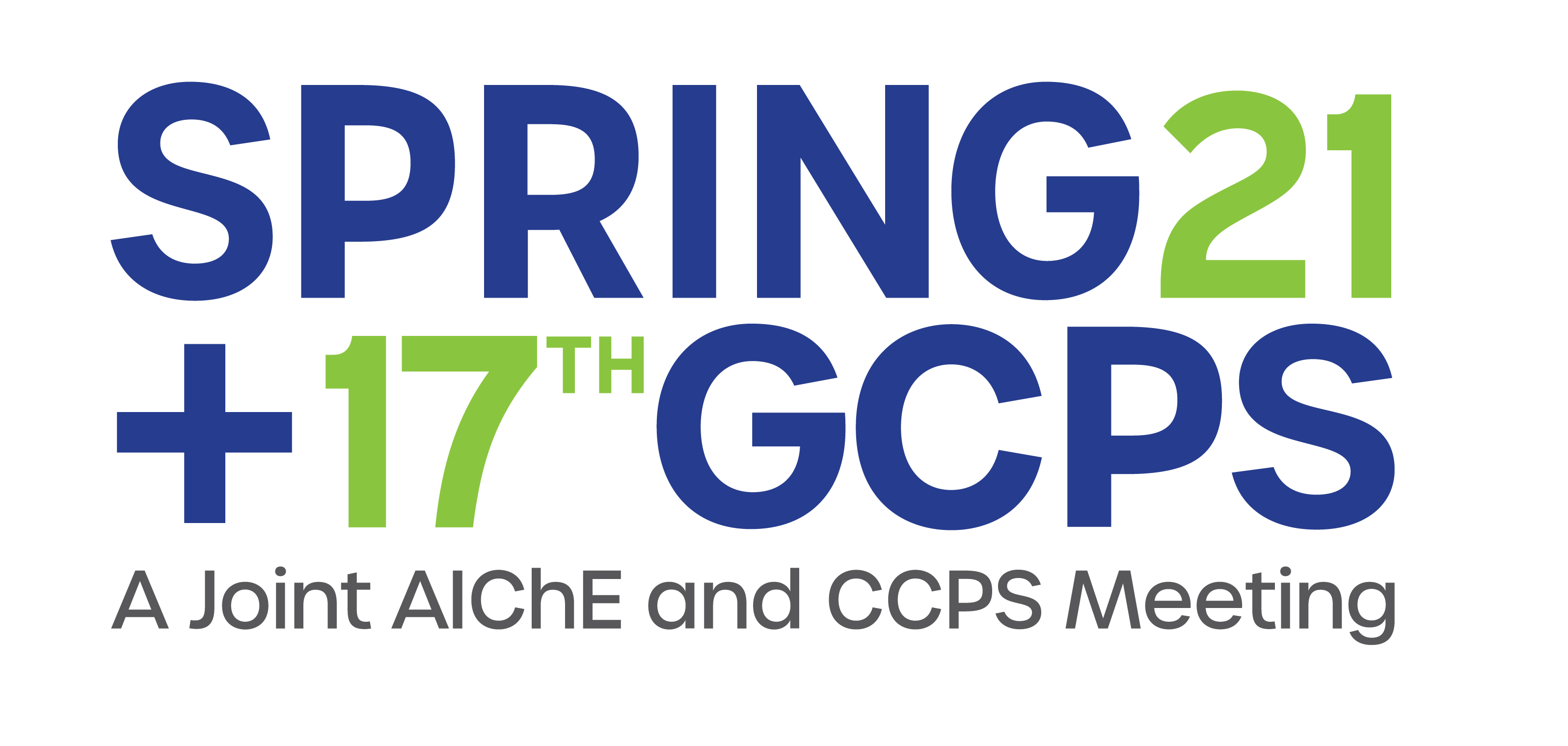

The purchase of benzene credits to offset benzene levels in excess of 0.62 vol.% is an expensive method to compensate for suboptimal control of the reformer feed. To minimize the formation of benzene, Naphtha Splitters are utilized for optimal fractionation of Benzene and Heptane (i.e. C7’s). This requires qualitative analysis of Benzene in the reformer feed and C7’s in the isomerization feed. The objective is to optimize reboiler and reflux duties, which requires immediate response time for efficient control.
Using Differential Pressure (DP) as an indicator to optimize tray efficiency is inadequate if flooding is initiated on upper trays. Using Gas Chromatography does not allow for closed loop control of the reflux due to the 10 – 25 minute response time and maintenance issues. Additionally, the cost to install operate and service Gas Chromatographs is significant due to the requirement of sample pretreatment and consumable accessories.
Use of the tec5USA Raman Spectrometer System and Tidus XP Immersion probe to measure the concentration of hydrocarbons in the naphtha splitter products, allows the reflux rate or reboiler duty to respond in seconds, rather than many minutes. The system allows for the simultaneous measurement of several components without additional probe installations. The maintenance requirement of the sampling system is eliminated, as the probe is directly inserted into the flowing product line. The lockout, tagout (LOTO) system, robust design and explosion-proof enclosure allows for a safe and seamless integration to the site location and DCS/SCADA system.
The tec5USA Raman Spectrometer System and Tidus XP Probe is a cost-effective and accurate method for optimizing benzene reduction in the Naphtha Reformer feed. In contrast to other analytical methods, the Raman Spectrometer System provides quantitative results for hydrocarbon feeds in real-time with limited maintenance. This analytical method significantly reduces refinery costs due to benzene credits through direct control the reformer and isomerization feed of the Naphtha splitter.
Using Differential Pressure (DP) as an indicator to optimize tray efficiency is inadequate if flooding is initiated on upper trays. Using Gas Chromatography does not allow for closed loop control of the reflux due to the 10 – 25 minute response time and maintenance issues. Additionally, the cost to install operate and service Gas Chromatographs is significant due to the requirement of sample pretreatment and consumable accessories.
Use of the tec5USA Raman Spectrometer System and Tidus XP Immersion probe to measure the concentration of hydrocarbons in the naphtha splitter products, allows the reflux rate or reboiler duty to respond in seconds, rather than many minutes. The system allows for the simultaneous measurement of several components without additional probe installations. The maintenance requirement of the sampling system is eliminated, as the probe is directly inserted into the flowing product line. The lockout, tagout (LOTO) system, robust design and explosion-proof enclosure allows for a safe and seamless integration to the site location and DCS/SCADA system.
The tec5USA Raman Spectrometer System and Tidus XP Probe is a cost-effective and accurate method for optimizing benzene reduction in the Naphtha Reformer feed. In contrast to other analytical methods, the Raman Spectrometer System provides quantitative results for hydrocarbon feeds in real-time with limited maintenance. This analytical method significantly reduces refinery costs due to benzene credits through direct control the reformer and isomerization feed of the Naphtha splitter.
Presenter(s)
Once the content has been viewed and you have attested to it, you will be able to download and print a certificate for PDH credits.
If you have already viewed this content,
please click here
to login.
